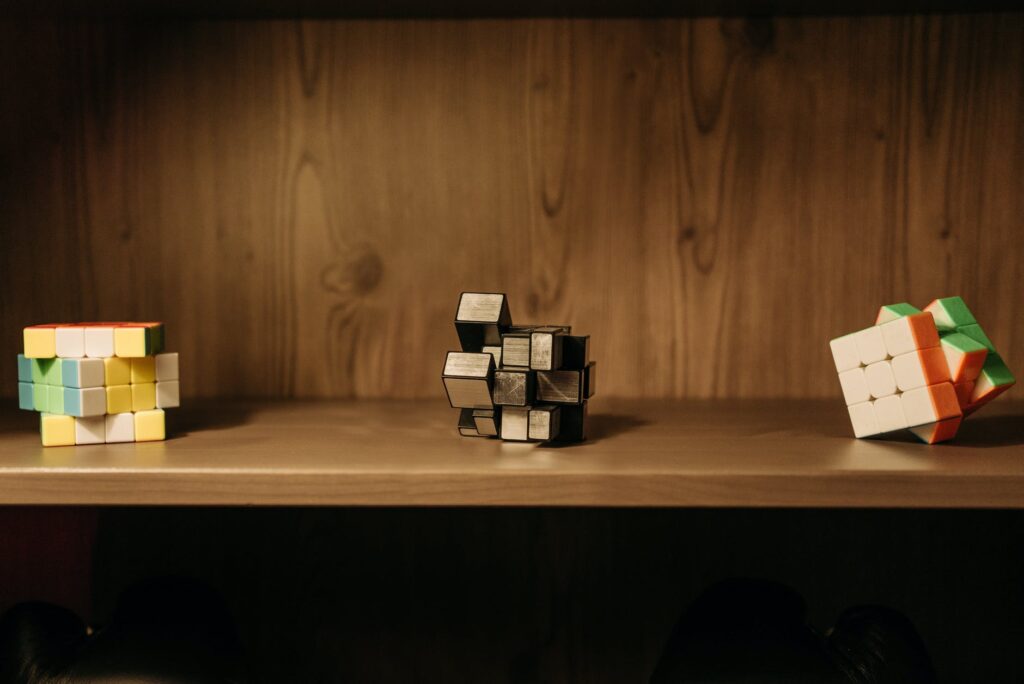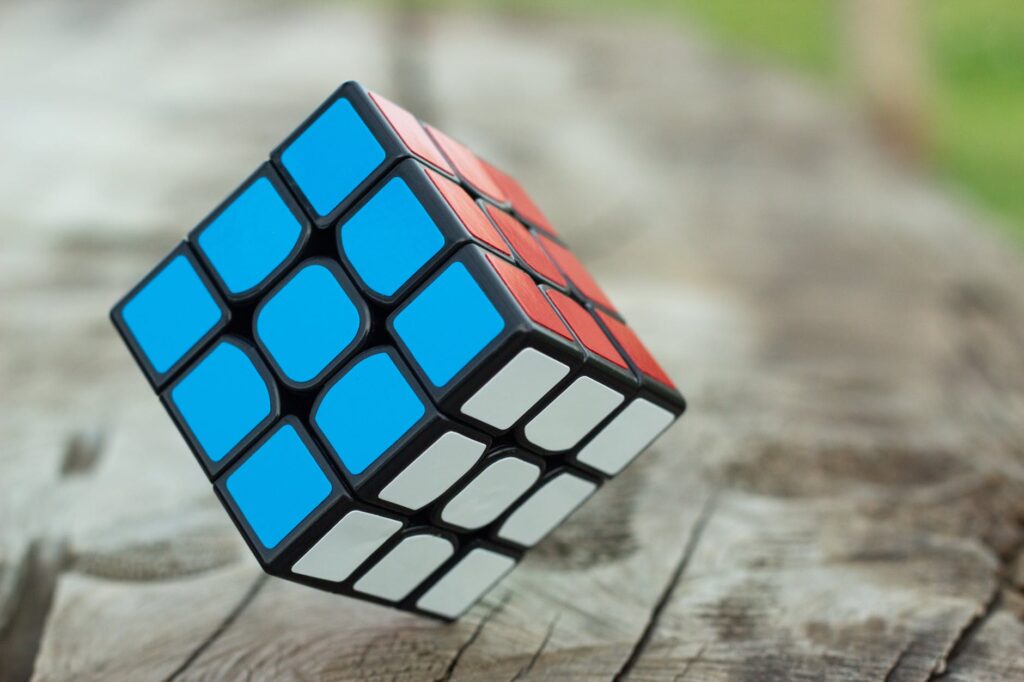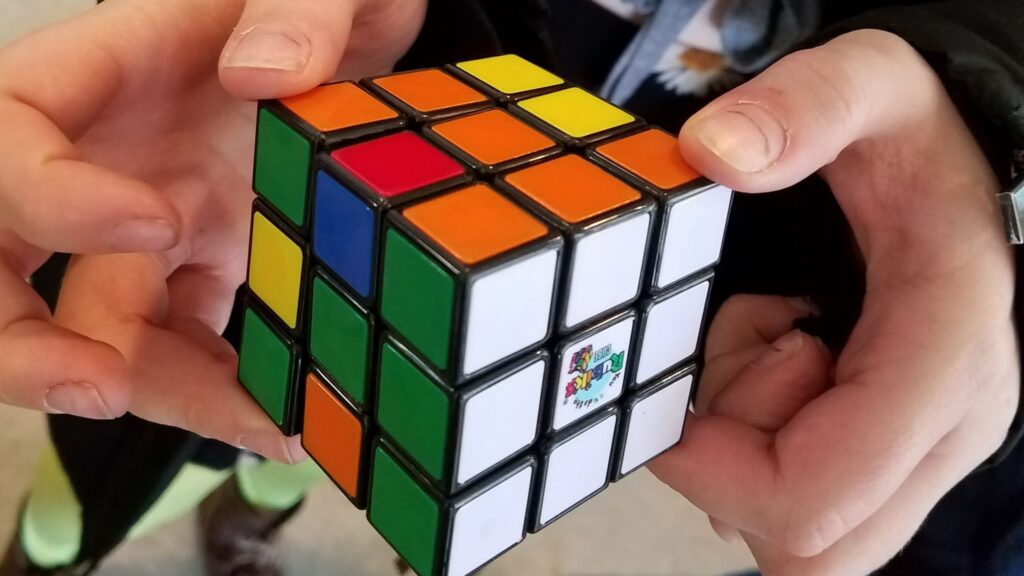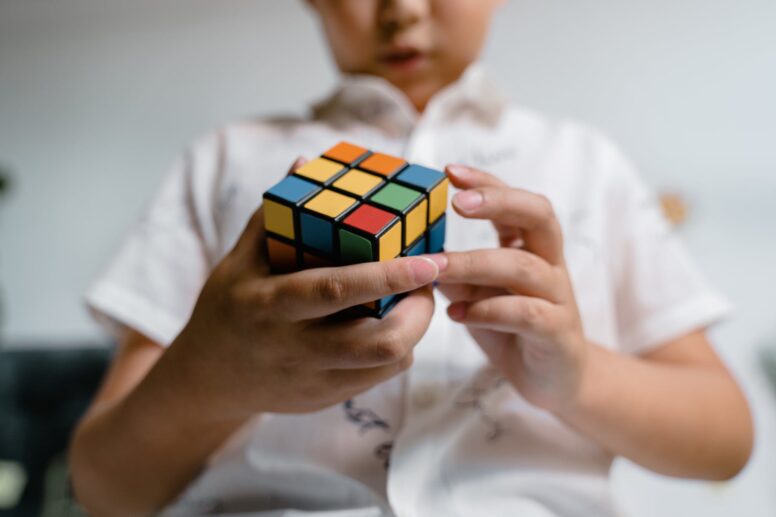Have you ever tried to solve a Rubik’s cube? If you have, you’ll agree that it’s not an easy task at all, but it’s definitely a lot of fun. Very few people know how to solve the Rubik’s Cube, but the good news is that this is a skill like any other. This means that it can be learned while at the same time enjoying the whole process. And not only can solving a Rubik’s Cube be a way to have a lot of fun, but it also has many other benefits. Below you can read more about this interesting cube and the skill of solving it.
History of the Rubik’s Cube

In most homes today, there is a colorful three-dimensional puzzle called the Rubik’s Cube. Everyone is trying to solve it – children, adults and the elderly, and almost everyone is equally tormented by this task. This interesting toy celebrated 40 years of existence last year, and in those four decades it has achieved enormous success that continues to this day. Few people know that the Rubik’s Cube was named after its inventory – Erno Rubik.
Erno Rubik is a Hungarian professor of architecture who invented the Rubik’s Cube to help his students better understand spatial dimensions. Back in 1974, when the cube was made, he could not have imagined that he had invented something that was revolutionary and that would become an object of admiration, study, play, but also frustration. Erno Rubik himself experienced this frustration. Even he didn’t know if the cube was solvable after he made it. For weeks, he tried unsuccessfully to find a way to find each of the 6 colors on only one side of the cube. In the end, he succeeded, which opened a completely new world and gained a lot of interested users of the cube over the years.
What percentage of people can actually solve a Rubik’s cube?

Although there are a lot of people these days who know how to solve the Rubik’s Cube, the fact is that it is still not an easy task for most people. It is calculated that there are 43 quintillion possible color combinations (number with 18 zeros!). It seems that we could solve the Rubik’s Cube for a few lives, if we are lucky enough to win the last combination. However, while things do sound complicated, the reality is not so harsh.
It is estimated that just under 6% of the world’s population can solve the Rubik’s Cube. If you are in this 6%, congratulations! But even if you aren’t – no reason to worry. There are many ways to learn how to solve it. Today, a lot of material is available in the form of books or on the Internet, where you can gain the necessary knowledge and turn it into the skill of solving the Rubik’s Cube.
The Rubik’s Cube popularity

The Rubik’s Cube first appeared on the market in 1980. And since then it has become such an attraction that it was sold in 400 million copies. This interesting cube has inspired a large number of artists, programmers, philosophers and people from many other fields who have begun to study it in different ways.
Nowadays, there is even a speedcubing competition that is held at the world level, where a large number of fans of solving the Rubik’s Cube gather and compete in who will solve it first. The world record in speedcubing currently belongs to Yusheng Du from China who succeeded to solve the Rubik’s Cube in just 3.47 seconds. Can you imagine?
Today, you can find a number of Rubik’s Cube alternatives, such as gancube, and have a lot of fun while learning a new skill.
What are the benefits of solving the Rubik’s Cube?

There are several different reasons why you will want to take the time to dedicate to solving the Rubik’s Cube. The first one is, of course, because it’s fun, but it’s definitely not the only benefit!
1. It can improve your memory
A great benefit of solving a Rubik’s Cube is that it can help you improve your memory. Our brain contains the part that is responsible for memorizing tasks after repeating them a number of times and is otherwise called muscle memory. This part of the brain helps us remember where each letter is on the keyboard, so we don’t have to look at it while writing an email. It is also important when learning to play an instrument or memorize phone numbers. Exercising this part of the brain by solving a Rubik’s Cube can be a lot of fun, and bring you many benefits in the long run.
2. Improves concentration and patience
One of the biggest problems today is the devices that hinder us from focusing on different tasks during the day. Due to the constant ringing of a mobile phone or receiving emails, the time of performing tasks is significantly extended, which reflects on the quality of life and our inner satisfaction. Solving the Rubik’s Cube is one of the tasks that can help you focus better and achieve a higher level of concentration that you will then transfer to other areas of life. It will also help you develop patience if you don’t have it, or improve it significantly. Best of all, you can acquire all these skills in a very fun way, playing with your Rubik’s Cube and trying out different color combinations.
3. Helps in problem-solving
Problem solving is a skill we all need in order to get through life easier, be more successful and feel less tense and frustrated. But how do you develop this useful skill? Well, there are many different ways, and solving the Rubik’s Cube is one of them. The fact is that you will need to acquire some skills and develop the appropriate mindset in order to be able to solve the Rubik’s Cube.
And all this will be of help to you in other fields of life.
Conclusion
The Rubik’s Cube was created unintentionally, but it has achieved enormous success thanks to the challenge it poses to its users. It was invented by Erno Rubik in 1974, it was put on sale 6 years later, and since then it has sold almost 400 million copies. There are 43 quintillion possible color combinations. Only 6% of people globally know how to solve it, and nowadays there are numerous competitions where fans of solving the Rubik’s Cube gather and compete in order to see who will be the fastest in this task. The current record is less than 4 seconds!

